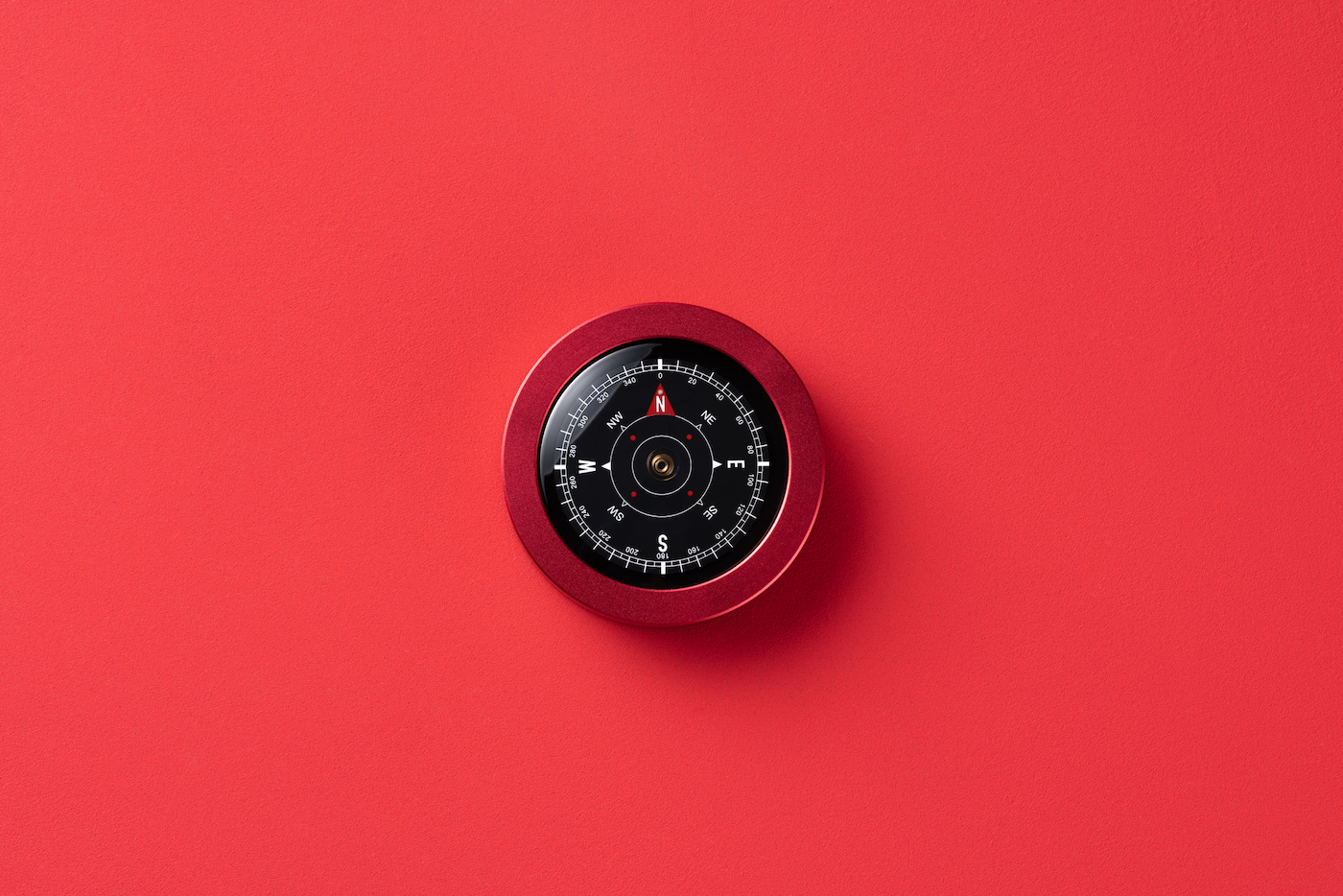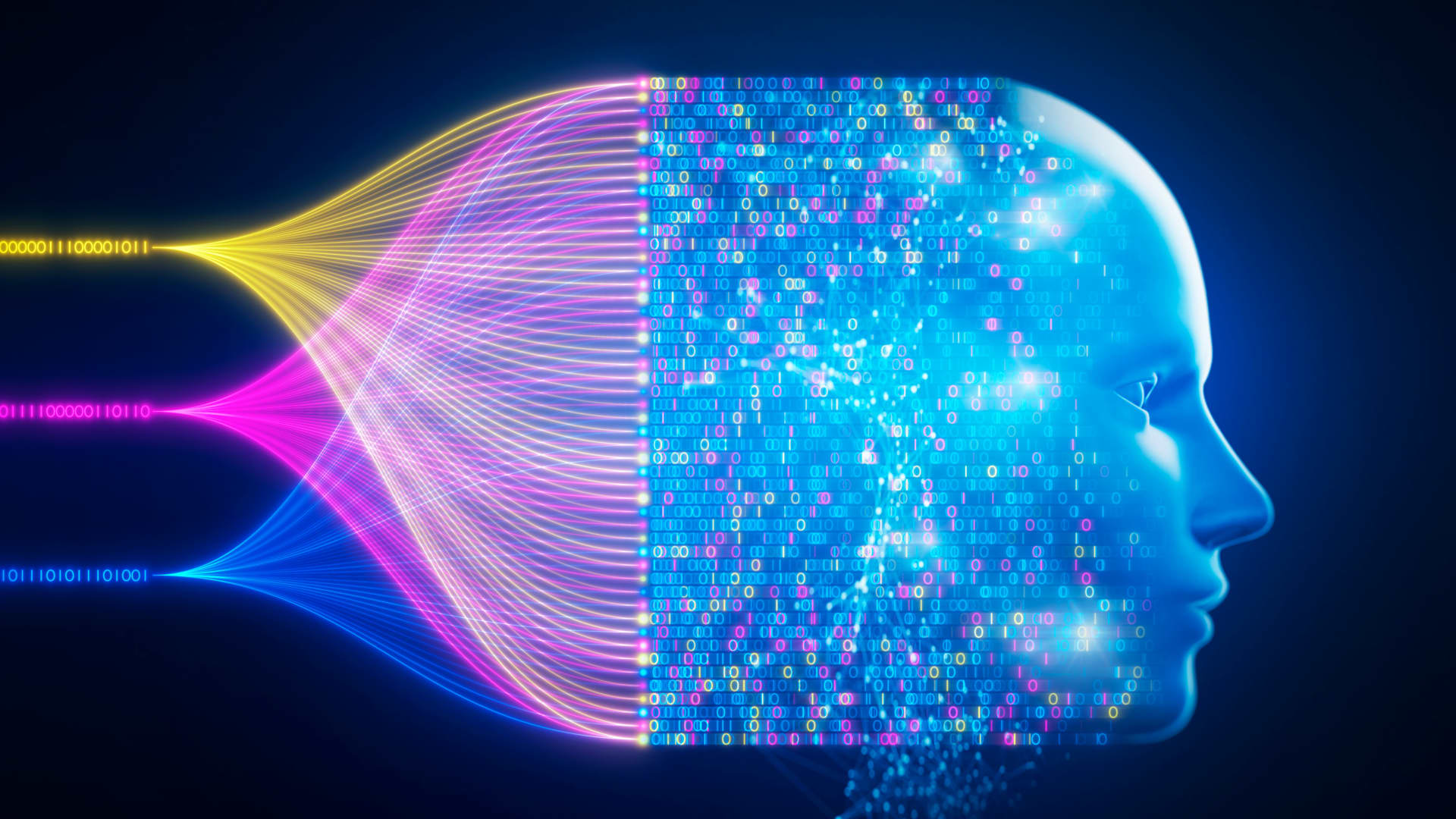Unveiling The Truth About AI Nude Photo Technology
You’ve probably heard whispers about it in online forums or stumbled upon sensational headlines – AI nude photo technology is everywhere these days. From debates about privacy to discussions about its potential uses, this controversial tech has sparked heated conversations worldwide. But what exactly is AI nude photo technology, and why does it matter so much? Let’s dive in and uncover the truth behind the hype, the risks, and the realities.
Let me break it down for ya. AI nude photo technology refers to advanced algorithms that can digitally remove clothing from images or create realistic naked versions of people using artificial intelligence. It sounds like something out of a sci-fi movie, right? But believe it or not, this tech is already here, and it’s causing quite a stir. The implications are massive – from ethical concerns to legal battles and everything in between.
Now, before we go any further, let’s get one thing straight: this isn’t just about novelty or entertainment. AI nude photo technology raises serious questions about consent, privacy, and digital rights. As we explore this topic, we’ll take a deep dive into how it works, its impact on society, and what you can do to protect yourself in this ever-evolving digital landscape.
Read also:Evelyn Rose Nude A Comprehensive Look At The Controversy And The Star
Understanding AI Nude Photo Technology
So, what exactly are we dealing with here? At its core, AI nude photo technology uses machine learning models trained on massive datasets of human bodies to generate realistic naked images. These algorithms analyze patterns, textures, and shapes to create lifelike representations of individuals without their consent. Creepy? Yeah, you could say that.
One of the most common tools associated with this tech is deepfake software. Deepfakes, as you might know, are synthetic media created by AI that manipulates or replaces elements in an image or video. In the case of AI nude photo technology, these algorithms specifically target clothing removal or generation. The results can be eerily convincing, making it difficult to distinguish between real and fake content.
But how does it all work? Let’s break it down step by step:
- Data Collection: AI models require vast amounts of data to learn and improve. This often includes images of real people, which raises ethical concerns about consent and privacy.
- Training the Model: Once the data is collected, developers train the AI to recognize patterns and textures associated with clothing. Over time, the algorithm becomes more accurate at predicting what lies beneath.
- Generating Output: After the training phase, the AI can generate realistic naked images by removing clothing or adding details to existing photos. The results vary in quality depending on the sophistication of the algorithm.
The Rise of AI Nude Photo Apps
As with any emerging technology, apps built around AI nude photo generation have started popping up left and right. Some of these apps claim to offer "entertainment" or "educational" purposes, but let’s be real – the majority are used for malicious intent. Platforms like DeepNude (which has since been shut down due to public backlash) gained notoriety for enabling users to create fake naked images of anyone with just a few clicks.
Here’s the kicker: many of these apps are marketed as harmless fun, but they often lack proper safeguards to prevent abuse. This opens the door to misuse, harassment, and even cyberbullying. As we’ll explore later, the consequences of such technologies can be devastating for individuals and society as a whole.
Legal Implications of AI Nude Photo Technology
Now that we’ve covered the basics, let’s talk about the legal side of things. The rise of AI nude photo technology has sparked intense debates among lawmakers, tech companies, and privacy advocates. While regulations vary from country to country, there are some universal concerns that need addressing.
Read also:Maddie Moon Nude The Truth Behind The Clickbait And Sensationalism
First off, there’s the issue of consent. Creating or distributing nude images of someone without their permission is a violation of their privacy and dignity. In many jurisdictions, this falls under the category of non-consensual pornography, also known as "revenge porn." Laws around the world are gradually catching up to address these issues, but enforcement remains a challenge.
Another major concern is the potential for misuse. Cybercriminals and bad actors can exploit AI nude photo technology to extort, harass, or blackmail individuals. Imagine receiving a threatening message with a fake naked image of yourself – terrifying, right? Unfortunately, this scenario isn’t as far-fetched as it sounds. Cases of AI-generated deepfakes being used for nefarious purposes are on the rise, and the legal system is struggling to keep pace.
Case Studies: Real-World Examples
To give you a better understanding of the impact, let’s look at a few real-world examples. In 2020, a group of hackers used AI nude photo technology to target high-profile celebrities, generating fake images that went viral on social media. The fallout was massive – reputations were damaged, trust was broken, and victims faced relentless harassment both online and offline.
Another notable case involved a college student who fell victim to a deepfake scam. A stranger created a fake naked image of her and demanded money in exchange for deleting it. The emotional and psychological toll was immense, leading to anxiety, depression, and even thoughts of self-harm. Stories like these highlight the urgent need for stronger laws and better protections against AI abuse.
Ethical Concerns Surrounding AI Nude Photo Technology
Beyond the legal implications, there’s a whole host of ethical questions to consider. Is it morally right to create or share nude images of someone without their consent? What about the broader societal impact of normalizing such behavior? These aren’t easy questions to answer, but they’re crucial conversations we need to have.
One of the biggest ethical concerns is the objectification of individuals, particularly women. AI nude photo technology perpetuates harmful stereotypes and reinforces a culture of exploitation. By reducing people to their physical appearance, we strip away their humanity and dignity. This normalization of digital manipulation poses a significant threat to gender equality and personal autonomy.
Furthermore, the technology exacerbates existing power imbalances. Marginalized communities, including women, LGBTQ+ individuals, and racial minorities, are disproportionately affected by AI misuse. Without proper safeguards, these groups face increased vulnerability to harassment, discrimination, and violence.
Can AI Nude Photo Technology Be Used for Good?
Now, here’s where things get interesting. While the majority of discussions focus on the negative aspects of AI nude photo technology, there are some potential positive applications worth exploring. For instance, researchers and healthcare professionals are investigating ways to use AI for medical imaging and diagnostics. By analyzing detailed body scans, AI could help detect early signs of diseases like cancer or skin conditions.
Artists and creators are also experimenting with AI to push the boundaries of digital art. Some have used the technology to explore themes of identity, body positivity, and self-expression. While these uses are still in their infancy, they demonstrate the potential for AI to be a force for good when wielded responsibly.
How to Protect Yourself from AI Nude Photo Abuse
With all the risks associated with AI nude photo technology, you might be wondering how to protect yourself. Fortunately, there are steps you can take to safeguard your privacy and digital presence. Here are a few tips:
- Be cautious about sharing personal photos online. Even seemingly innocent images can be manipulated using AI tools.
- Use strong, unique passwords for all your accounts and enable two-factor authentication whenever possible.
- Regularly monitor your online presence and report any unauthorized content to the relevant platforms.
- Stay informed about the latest developments in AI technology and understand the risks involved.
Additionally, consider investing in privacy tools like virtual private networks (VPNs) and encrypted messaging apps. These can help shield your online activity from prying eyes and reduce the likelihood of becoming a target.
Resources for Victims of AI Nude Photo Abuse
If you or someone you know has been affected by AI nude photo abuse, know that you’re not alone. There are organizations and resources available to provide support and guidance. Some notable ones include:
- The Cyber Civil Rights Initiative: Offers legal assistance and advocacy for victims of revenge porn and AI abuse.
- Without My Consent: A non-profit organization dedicated to combating non-consensual pornography and promoting digital safety.
- National Domestic Violence Hotline: Provides crisis intervention and support for individuals experiencing harassment or abuse.
Remember, seeking help is a sign of strength, not weakness. Don’t hesitate to reach out if you need support or advice.
The Future of AI Nude Photo Technology
As we look ahead, the future of AI nude photo technology remains uncertain. On one hand, advancements in AI could lead to groundbreaking applications in fields like medicine, art, and education. On the other hand, the risks of misuse and abuse cannot be ignored. Striking a balance between innovation and regulation will be key to ensuring this technology is used ethically and responsibly.
So, where do we go from here? The answer lies in collaboration. Policymakers, tech companies, and civil society must work together to establish clear guidelines and standards for AI development. This includes investing in research, promoting digital literacy, and holding bad actors accountable for their actions.
Predictions for the Next Decade
Based on current trends, here are a few predictions for the next decade:
- Increased regulation: Governments around the world will likely introduce stricter laws governing AI technologies, including nude photo generation.
- Advancements in detection: Researchers will develop more sophisticated tools to identify and combat AI-generated content, making it easier to spot fakes.
- Public awareness: As awareness grows, individuals and communities will become more vigilant about protecting their digital rights and privacy.
While the road ahead won’t be easy, there’s reason to be hopeful. By staying informed and taking action, we can shape the future of AI in ways that benefit everyone.
Conclusion: Taking Action Against AI Abuse
In conclusion, AI nude photo technology is a double-edged sword. While it holds immense potential for innovation and progress, it also poses significant risks to privacy, consent, and human dignity. As we’ve explored throughout this article, the impact of this technology is far-reaching, affecting individuals, communities, and society as a whole.
So, what can you do? Start by educating yourself and others about the dangers of AI misuse. Advocate for stronger laws and regulations to protect digital rights. And most importantly, speak up when you see injustice – your voice matters!
Before you go, don’t forget to share this article with your friends and family. Together, we can create a safer, more ethical digital world. And hey, if you’ve got any thoughts or questions, drop a comment below – I’d love to hear from you!
Table of Contents
- Understanding AI Nude Photo Technology
- Legal Implications of AI Nude Photo Technology
- Ethical Concerns Surrounding AI Nude Photo Technology
- How to Protect Yourself from AI Nude Photo Abuse
- The Future of AI Nude Photo Technology
- Conclusion: Taking Action Against AI Abuse
- The Rise of AI Nude Photo Apps
- Case Studies: Real-World Examples
- Can AI Nude Photo Technology Be Used for Good?
- Resources for Victims of AI Nude Photo Abuse


